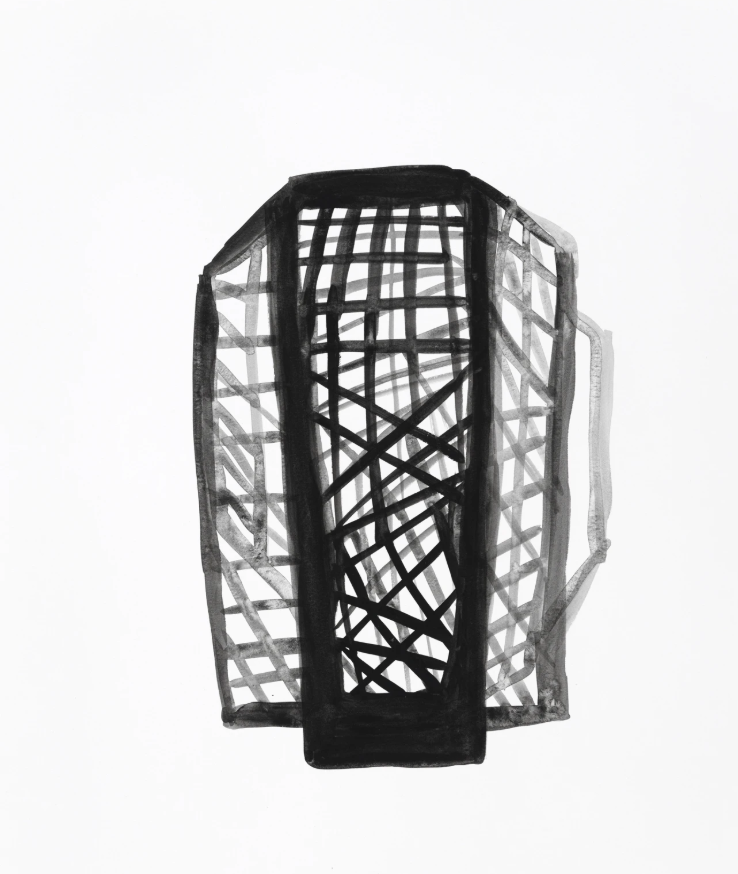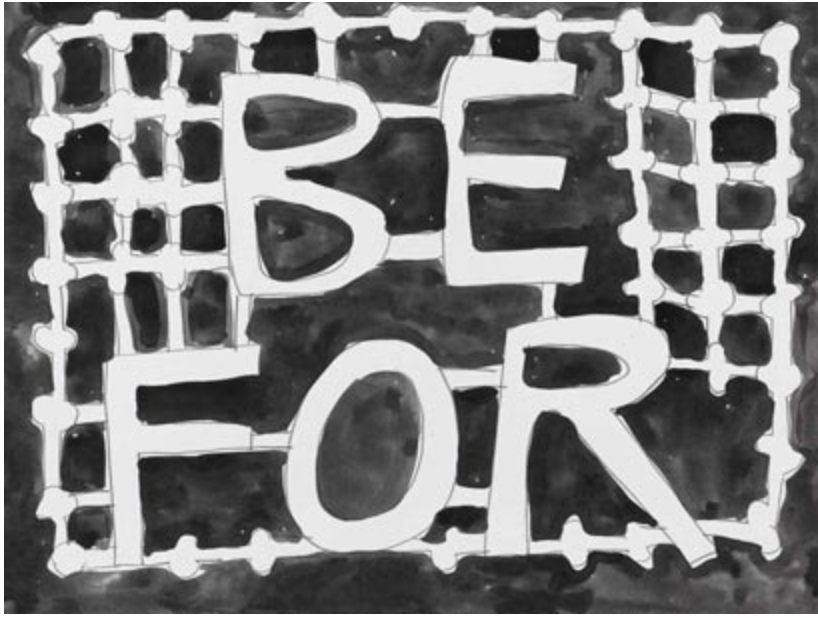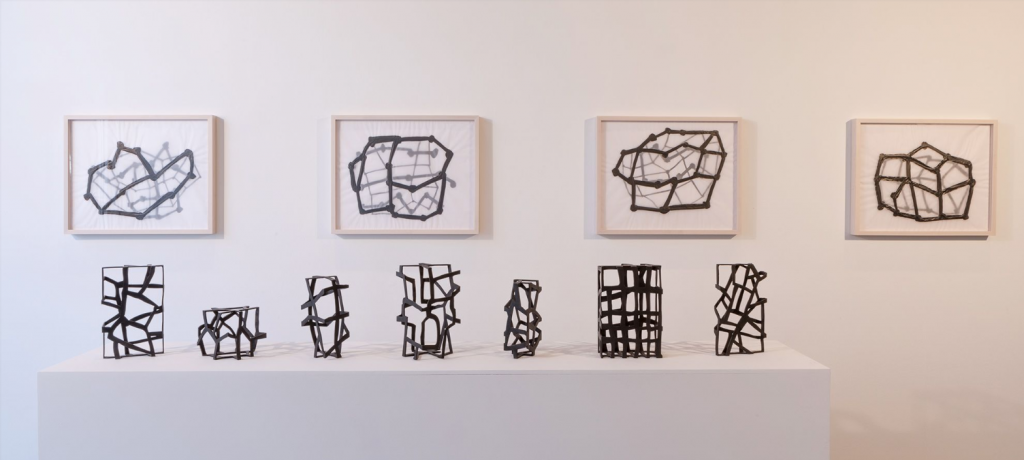
“Susan Hefuna.” Guggenheim, 8 May 2018, www.guggenheim.org/map-artist/susan-hefuna.
Hefuna is a woman and an artist of dual nationality. Being both German and Egyptian, she has felt at times deeply connected with both, and yet curiously attached to neither. Thus she has felt tossed by the tempest winds of a search for meaning. In using this, the calling has caused her to become nomadic, traveling frequently and seldom setting down roots for long. It has allowed her a unique perspective by which she has crafted, drawn, and built exhibits and visions of what she sees and feels. It has allowed her a unique perspective into the worlds in which she travels and what meaning that gives her.
In Cairotraces, for example, her most recent exhibit in London and her third solo, she has explored the interwoven relationships that societies build and the links that have been caused to form amongst the dwellers and inhabitants of these places. It is an expression of her curiosity, an expression of a spell perhaps cast upon her by the cities and societies she is apart of and yet not apart of. At times it reflects her desire to move on and yet finding herself rooted for a timeless moment as if seeing something for the first time and unable to tear herself away. In this, she has defied convention and chosen to blaze a new path in the way that we see the creation of the world around us, and the societies we have built within our cities.

“Works: Susan Hefuna.” Pi Artworks, www.piartworks.com/exhibitions/137-susan-hefuna-cairotraces/works/. 
“Works: Susan Hefuna.” Pi Artworks, www.piartworks.com/exhibitions/137-susan-hefuna-cairotraces/works/. 
“Works: Susan Hefuna.” Pi Artworks, www.piartworks.com/exhibitions/137-susan-hefuna-cairotraces/works/.
It could be argued that had Hefuna not been born of this dual nationality and not been exposed to the sense of longing that she has, she might very well not have derived the powerful and expressive experiences that she has. She would simply one more amongst the variety of endless people she depicts in her artwork and craft. But she is apart from them, and she recognizes this for what it is. And that is reflected in her work, her calling, and her craft. Cairotraces is based upon earlier drawings that she had made and has now evolved into a fully three-dimensional piece of work. This reflects her ability to seek an evolution of her ideas and not simply accept them at face value. It reveals to us that she is continually growing and finding new meaning, and it is as if she is an archaeologist of ideas, and of thoughts and feelings that most are unable to recognize much less possess the ability to express in any cohesive form.

“Susan Hefuna.” Susan Hefuna, susanhefuna.com/. 
“Susan Hefuna.” Susan Hefuna, susanhefuna.com/.
That is perhaps the most poignantly powerful experience that a viewer can take away from the exhibit. It is the sense that even though we may feel that words cannot convey what we are feeling, we must nevertheless listen and allow it to speak from us, and we must endeavor to try and give it, it’s a voice. If we are able to do this, we will have found a new path to explore for ourselves, and we will have found a way to our own personal evolution in the experience of being a human being.

“Works: Susan Hefuna.” Pi Artworks, www.piartworks.com/exhibitions/137-susan-hefuna-cairotraces/works/. 
“Works: Susan Hefuna.” Pi Artworks, www.piartworks.com/exhibitions/137-susan-hefuna-cairotraces/works/. 
“Susan Hefuna.” Rhona Hoffman Gallery, www.rhoffmangallery.com/exhibitions/susan-hefuna2.